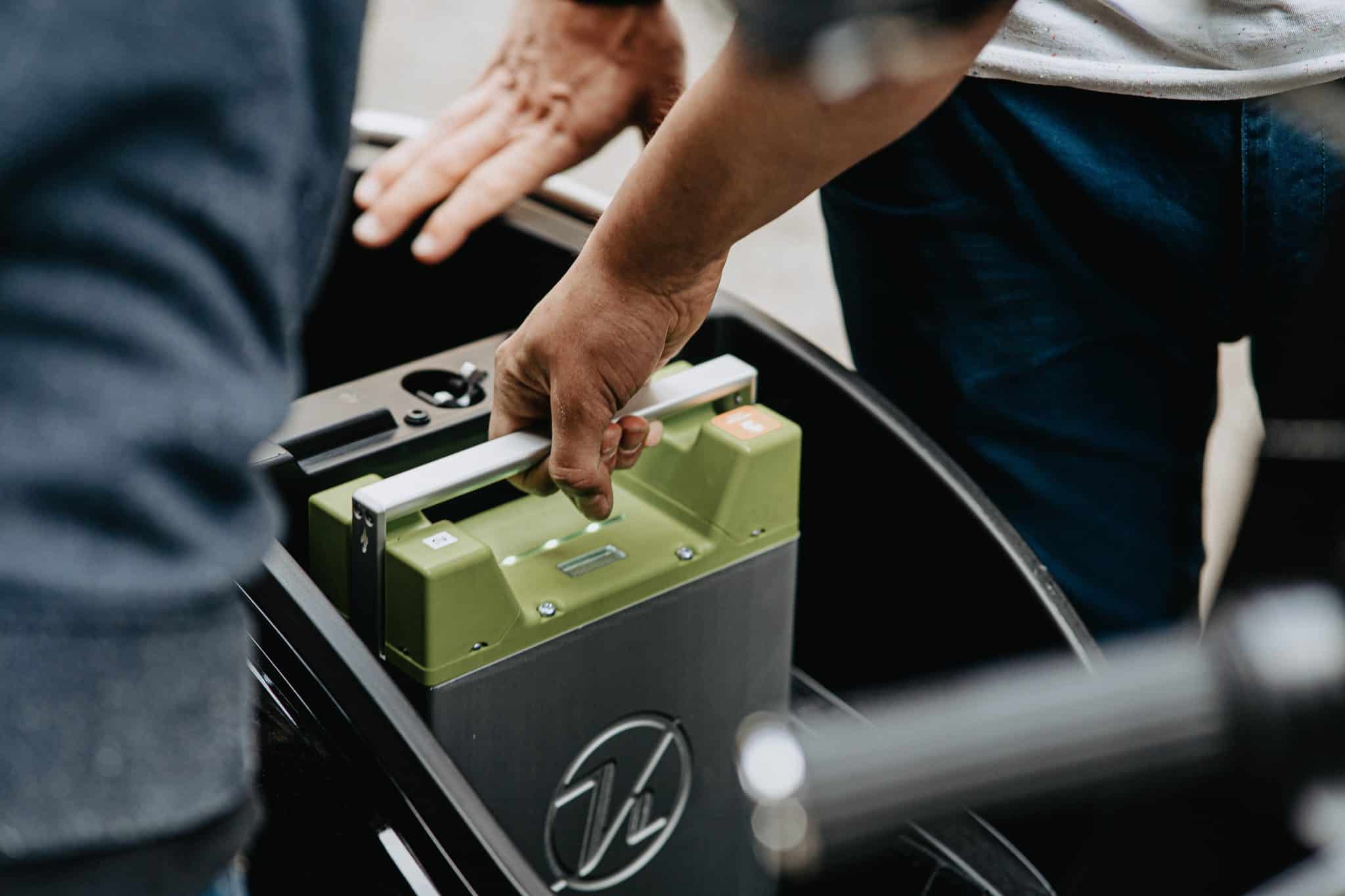Solar energy, the bedrock of the ongoing push towards sustainable energy solutions, is taking a significant leap forward as researchers from the University of Cordoba and the Max Planck Institute for Solid State Research collaborate to advance the design of a groundbreaking solar battery. This battery harnesses the potential of a plentiful, non-toxic, and easily synthesizable material composed of 2D carbon nitride, promising to revolutionize the realm of renewable power.
Efficiently capturing sunlight, converting it into usable energy, and storing it for later use has become a crucial focus. Since solar energy sources have intermittent availability due to factors like weather, the importance of effective energy storage cannot be emphasized enough. The concept of the “solar battery” emerged to tackle challenges linked to traditional batteries, such as environmental impact, limited resources, and recycling issues. By combining solar cells that capture light with energy storage abilities, solar batteries offer a comprehensive solution, allowing solar energy to be used whenever needed.
Dr. Alberto Jiménez-Solano, a prominent researcher at the University of Cordoba’s Department of Physics, has spearheaded an intriguing study in collaboration with a team from Germany’s Max Planck Institute for Solid State Research. This collaborative effort is unraveling the unique design attributes of a solar battery powered by a 2D carbon nitride-based material.
Explaining the rationale behind their groundbreaking research, Jiménez-Solano cites the successful synthesis of a light-absorbing material capable of storing harvested energy within Professor Bettina V. Lotsch’s research group at the Max Planck Institute. “This material presented an opportunity to create a solar battery,” Jiménez-Solano affirms. However, the challenge lay in transitioning the material from its usual powdered or nanoparticle-suspended form into a stable, thin layer suitable for constructing photovoltaic devices.
This critical hurdle has now been surmounted, culminating in a new solar battery design. Through meticulous optical simulations and rigorous photoelectrochemical experiments, the researchers have decoded the exceptional performance characteristics of this novel device. The physical architecture of the solar battery involves a strategic arrangement of components—beginning with a high-transparency glass layered with transparent conductive coatings to facilitate electrical transport and culminating in another conductive glass layer that completes the circuit. This multi-layered “sandwich” structure maximizes light absorption and energy storage efficiency, while the semi-transparent nature of the design allows light to be captured from both sides.
Notably, the team discovered that rear lighting conferred distinct advantages, an insight that emerged from a carefully orchestrated blend of theoretical design and experimental constraints. This holistic approach marries basic scientific principles with practical applicability, resulting in tangible prototypes poised to explore uncharted experimental territories.
This innovative solar battery design is characterized by its exceptional versatility, accommodating both high-current bursts, akin to those required for photography flashes, and sustained lower currents more suited for everyday applications such as mobile phones. The project serves as a testament to the high-performance capabilities of a sustainable material extracted from urea—a harmless and abundantly available resource. The team’s endeavors underscore the material’s ease of synthesis and environmental sustainability, ushering in a new era of energy storage technology.
The researchers’ journey doesn’t culminate here. The project’s next phase entails real-world testing beyond the laboratory’s confines and tailoring the solar battery’s design to cater to diverse manufacturing scenarios and energy needs. With each stride, the collaboration between the University of Cordoba and the Max Planck Institute shines a brighter light on the path toward a greener, more energy-efficient future.
As solar energy continues to cement its status as a crucial player in the pursuit of a sustainable planet, innovations like the 2D carbon nitride solar battery fuel optimism and propel us closer to realizing a world powered by clean, renewable resources.

